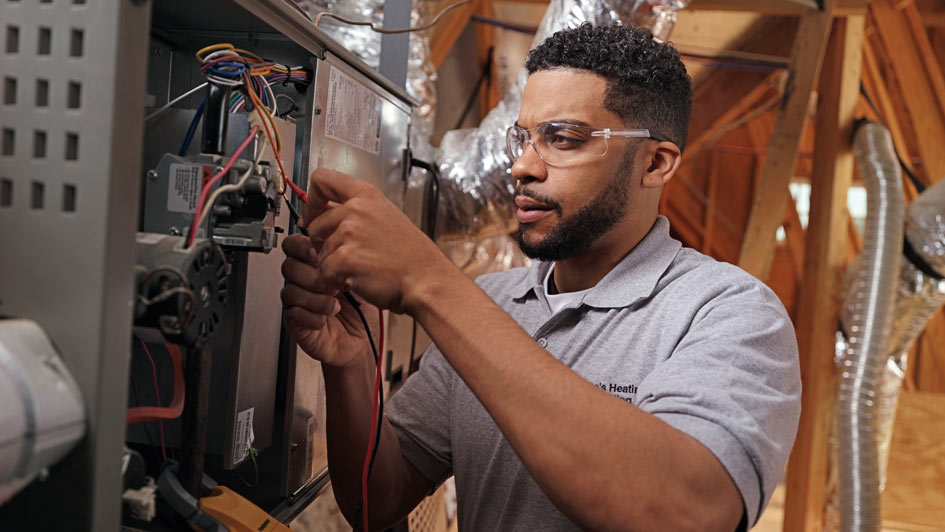Blog
About Tokay Heating and Air Conditioning
At Tokay Heating and Air Conditioning, making your home cozy is our highest concern. That’s why we offer lasting HVAC equipment and outstanding work in Lodi. Our technicians are knowledgeable in a complete variety of services, so you can feel confident in your results. They’ll provide the support you are looking for, whether it’s putting in an up-to-date HVAC system or working on and tuning up your current unit. We’re available to provide support for all of your needs, so call us at 209-257-3156 or contact us online to get an appointment now.
Tokay Heating and Air Conditioning
420 W Pine St. Ste 11
Lodi, CA 95240
Phone: 209-257-3156
Email: [email protected]
License #943448
© 2024 Tokay | All rights reserved








